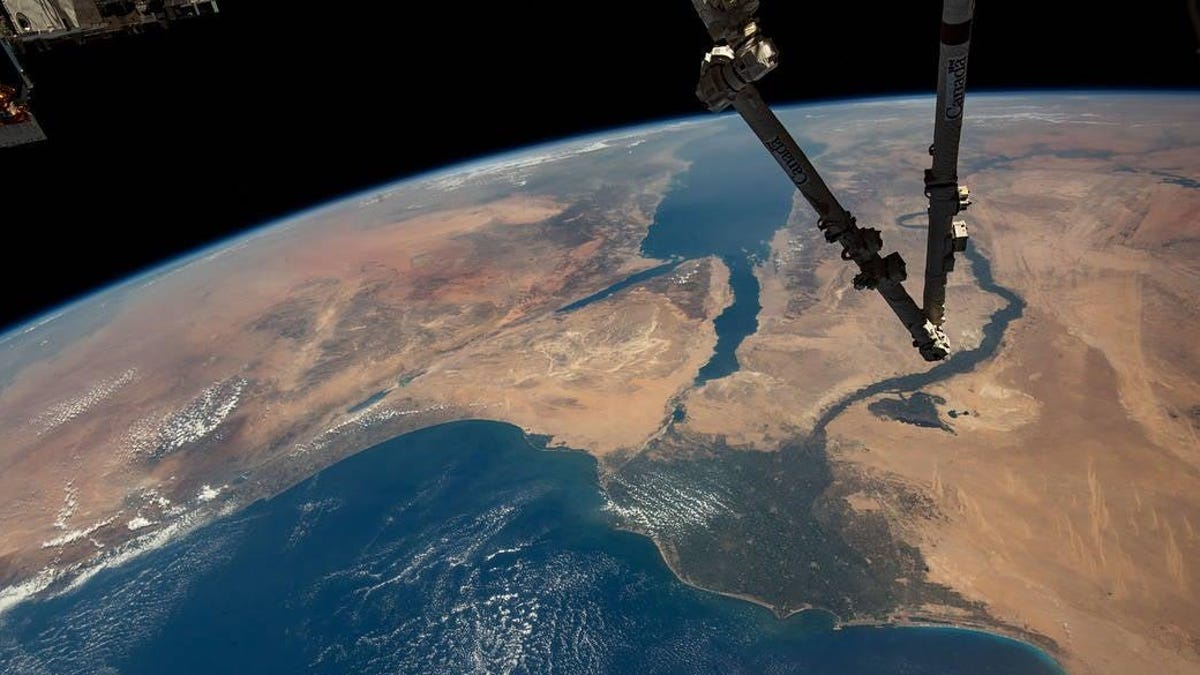Telecom Providers Turn to Satellites as Underwater Cables Sustain Damage
Following the disruption caused by the damage to four underwater cables in the Red Sea, telecommunication providers are exploring alternative connectivity options. Satellite operators are playing a crucial role in rerouting internet traffic, highlighting the potential benefits of a hybrid system combining underwater and orbital internet services.
Impact of Cable Damage on Communication Networks
The recent incident saw four out of 15 communication cables in the Red Sea being severed, resulting in a significant disruption to network traffic between Asia, Europe, and the Middle East. This disruption impacted approximately 25% of the total traffic flow in the region, according to a statement by Hong Kong-based telecoms company HGC Global Communications. The exact cause of the damage remains unknown, with efforts underway to address the issue, described by the company as an “exceptionally rare occurrence.”
While HGC did not disclose the specific cause of the cable damage, a spokesperson from the U.S. National Security Council attributed it to an anchor from a cargo ship that was reportedly sunk by the Houthi group in Yemen. However, the Houthis have refuted these claims in a statement issued in response.
Role of Satellite Operators in Restoring Connectivity
Amidst the challenges posed by the damaged cables, satellite companies have stepped in to provide alternative connectivity solutions. Operators like Intelsat have leveraged their satellite networks to reroute traffic and mitigate the impact of the cable disruptions. With a fleet of 52 communication satellites in orbit, Intelsat, along with other industry players such as Eutelsat OneWeb, SES, and SpaceX, are contributing to maintaining internet connectivity through satellite-based solutions.
According to reports from SpaceNews, these satellite connectivity backups have proven instrumental in bridging the communication gaps caused by the damaged cables. The incident underscores the potential of a hybrid connectivity model that combines both subsea cables and satellite networks to ensure robust and reliable internet access.
Outlook for Hybrid Connectivity Solutions
Experts have highlighted the benefits of a hybrid connectivity approach, emphasizing the resilience it offers in situations where one network component faces disruptions. Rhys Morgan, regional vice president for Intelsat, noted that customers utilizing both subsea and satellite internet services could seamlessly transition between the two within minutes, demonstrating the effectiveness of a dual-network setup.
While the repair timeline for the damaged underwater cables remains uncertain, estimates suggest that it could take up to eight weeks to fully restore connectivity. In the interim, satellite networks continue to play a critical role in sustaining communication links and preventing prolonged service disruptions.
As the telecommunications industry navigates the challenges posed by unforeseen incidents like cable damage, the integration of satellite-based solutions alongside traditional underwater cables presents a viable strategy for ensuring continuous and reliable internet connectivity.
Image/Photo credit: source url





